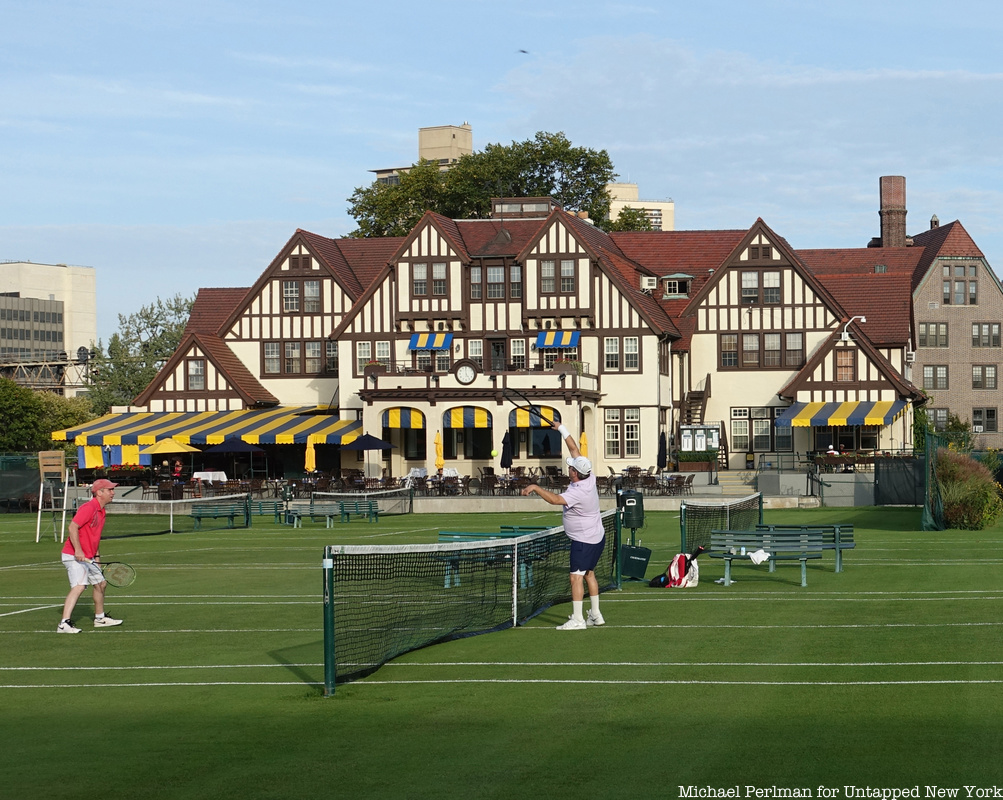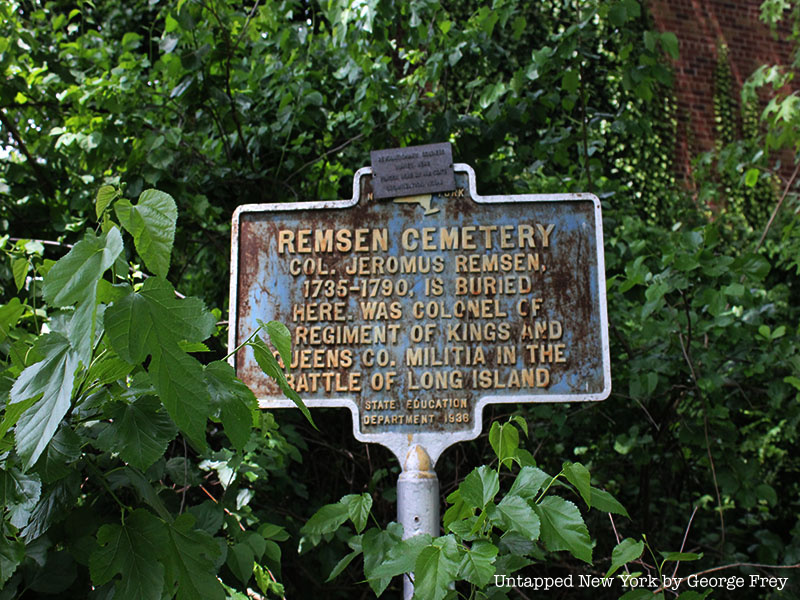
With over 88,000 residents, a unique historical legacy, classic old-time restaurants, and copious pop culture references, Forest Hills, Queens offers a lot to discover. As visitors walk down its vast avenues and quaint side streets, they are struck by the area’s breathtaking architecture. While beautiful on the outside, the neighborhood also has much hidden beneath its surface ready for discovery. Read to learn more about what makes Forest Hills such an integral and fascinating neighborhood in Queens.
1. Forest Hills Was Once Called Whitepot

Before the Forest Hills we know today—bounded by burgeoning hipster restaurants along Austin Street and brimming with architectural wonders in Forest Hills Garden—the area was once a simple farming community named Whitepot, which consisted mainly of wood-frame farmhouses and fields of crops. Around 1653, the Township of Newton was established by British and Dutch settlers, with Whitepot being one of its sections. It consisted of six farms named after Ascan Backus (who names Ascan Avenue), Casper-Joost Springsteen, Horatio N. Squire, Abram V.S. Lott, Sarah V. Bolmer, and James Van Siclen. Their farms greatly benefited the city’s supplies, providing hay, grains, vegetables, fruits, nuts, and many more items to New York’s markets.
The area remained relatively small over the years, being cited by the New York Times as having 30 residents in 1900 who were mostly German celery and potato planters. In 1906, the Cord Meyer Development Company purchased 600 acres of the Hopedale section of Whitepot—the area of land bounded by Queens Boulevard and Union Turnpike. The company used the land to form Forest Hills, renaming it for its high elevation and proximity to Forest Park. Today, the only known remnant of Whitepot is the Remsen Cemetery which contains tombstones from 1790 through 1819.
Interestingly, there was controversy surrounding the area’s original name in the early 20th century, with certain individuals debating that it was Whiteput instead. Some believed that the name Whitepot referred to the legend of the land having originally been purchased from the Native Americans with an exchange of three clay white pots. However, many have refuted this as being the original source name, claiming that the authentic spelling was Whiteput after the Dutch term “put,” which is a stream that becomes a hollow pit. Currently, it is believed that the area was called Whiteput by the original Dutch settlers, but the name was later anglicized by the English to Whitepot.





